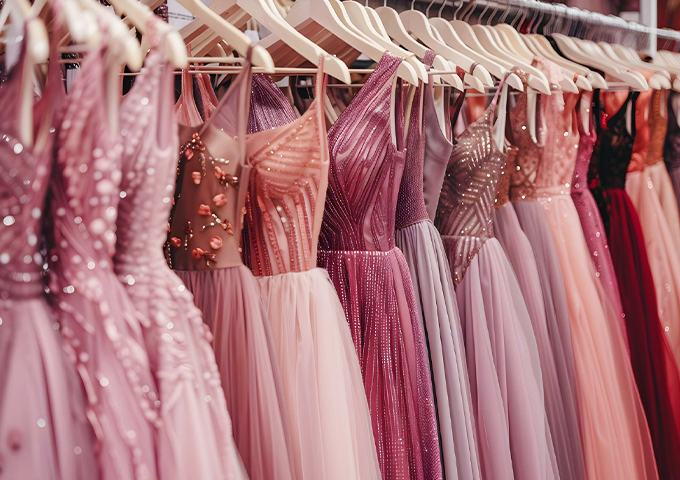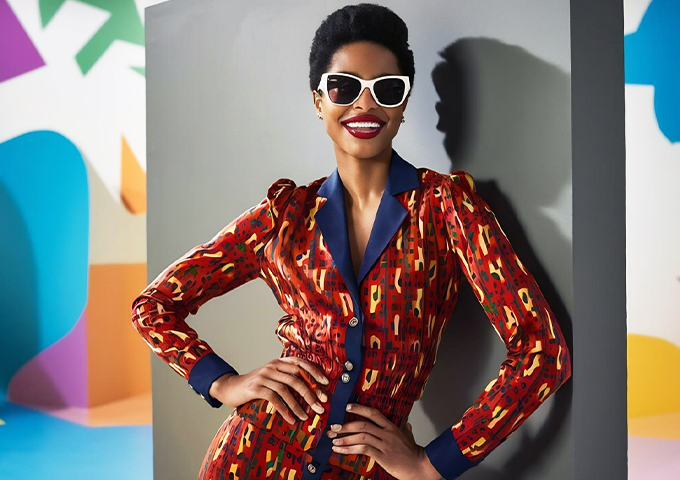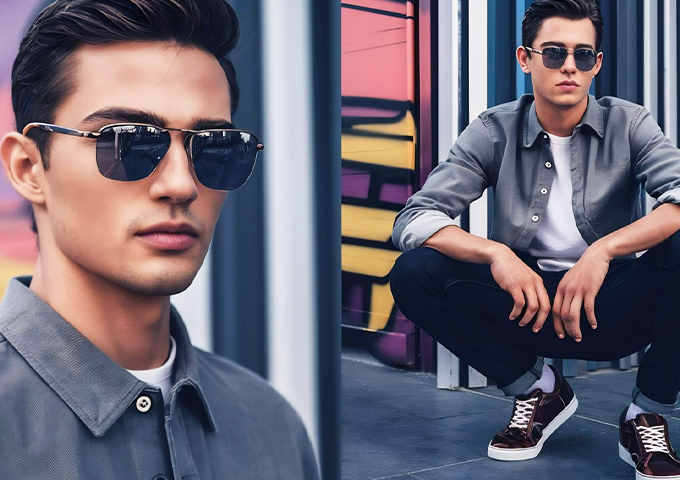
Fashion in Film: Analyzing Costume Design and Its Impact on Culture
A Visual Language of Characterization:
Costumes serve as a visual language, communicating nuances of a character's personality, era, and even their socioeconomic background. From the iconic red heels worn by Dorothy in "The Wizard of Oz" to the sleek, tailored suits of James Bond, costume designers craft ensembles that enhance the audience's understanding of characters and their journey.
Cultural Signifiers and Trends:
Film costumes are not isolated from the cultural context in which they are created. They often reflect or challenge societal norms, influencing fashion trends both during and after a film's release. Consider the roaring twenties' flapper dresses in "The Great Gatsby" or the rebellious punk rock style of "Trainspotting" in the 1990s – these cinematic representations have left an enduring impact on fashion trends of their respective eras.
Creating Iconic Moments:
Certain film costumes become cultural touchstones, forever etched in our collective memory. Marilyn Monroe's white dress billowing over a subway grate in "The Seven Year Itch" or Audrey Hepburn's timeless black dress in "Breakfast at Tiffany's" are not just costumes; they are iconic moments that have transcended the screen to become enduring symbols of fashion history.
Blurring the Lines Between Fantasy and Reality:
Costume designers possess the extraordinary ability to transport audiences to different worlds and eras, blurring the lines between fantasy and reality. Whether it's the fantastical couture in "The Great Gatsby" or the futuristic attire of "Blade Runner," these creations become a form of wearable art, inspiring fashion enthusiasts and designers alike to push boundaries and embrace innovation.
Cultural Commentary and Subversion:
Costumes in film often function as vehicles for cultural commentary and subversion. They can challenge stereotypes, question societal norms, and contribute to broader conversations about identity, gender, and diversity. Films like "The Devil Wears Prada" not only showcase high fashion but also critique the industry's cutthroat nature, sparking discussions about the impact of fashion on individuals and society.
In conclusion, the symbiotic relationship between fashion and film is a testament to the power of visual storytelling. Costume design goes beyond aesthetics; it shapes narratives, influences cultural trends, and leaves an indelible imprint on our collective consciousness. As we continue to celebrate the magic of cinema, let's not forget to acknowledge and appreciate the unsung heroes – the costume designers – who weave tales of style, culture, and imagination through the garments that grace the silver screen.



